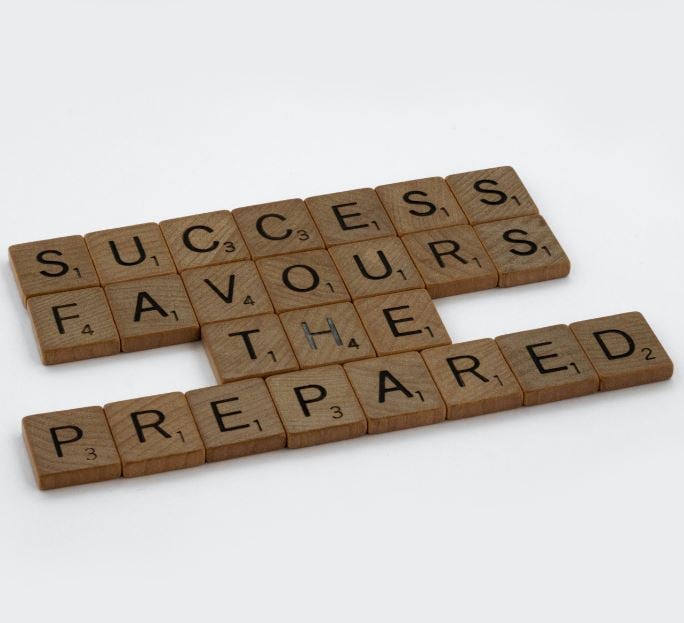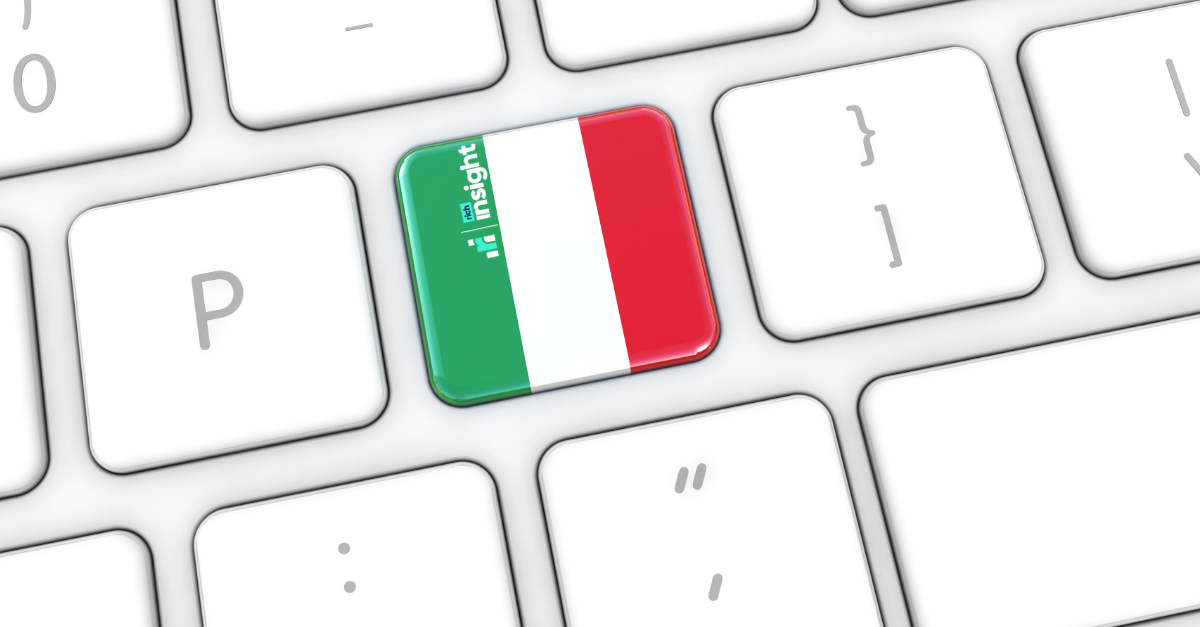Launching on marketplaces should be exciting. Accounting for over 55% of global e-commerce spending, online marketplaces help brands enhance their visibility, reach a wider global audience and ultimately boost sales growth.
But launching on marketplaces is also daunting. With such a wide variety of specialist and generalist marketplaces, each with their own nuances and modes of operation, it can be hard to know where to start. Here’s 10 ways you can prepare for a successful marketplace launch.
How to prepare for marketplace success
- Decide on a strong proposition - From selling the right product at the right price to offering attractive promotions and returns policies, creating a strong proposition pre-launch will help you hit the ground running. In particular, ensure you’ve decided on the product range and the proposition architecture (i.e is it good, better or the best?).
- Adopt a test & learn mentality - But that doesn’t mean your proposition is set in stone. Before going live, set up the structures and processes to regularly measure, evaluate and tweak your proposition using sales data and marketplace analytics rather than speculation or gut instinct.
- Budget for marketing - Yes, marketplaces boost your profile and allow you to piggyback on trusted names like Amazon and Zalando, but that isn’t a licence to ignore marketing. With 40% of consumers making a purchase due to social media influence, it’s worth allocating a budget for marketing activities before going live and integrating marketplaces into your marketing plan.
- Agree on distribution control - Are you planning to fulfil orders yourself (i.e. process, package and distribute the products in-house) or outsource distribution to marketplaces (i.e. Fulfilment by Amazon - FBA)? Are your products easy to send (i.e. if you sell outdoor goods, it’s easier to send a torch than a trailer)? Agreeing on distribution plans from the outset will simplify your marketplace experience.
- Think globally - Online marketplaces can expand your brand’s reach to a worldwide audience, so prepare to take advantage of global opportunities. 57% of consumers are happy buying products internationally, but most consumers will use local marketplaces (i.e. Taobao in China, Walmart in the US). Preparing your products for local marketplaces by localising pricing and product descriptions will put you a step ahead.
- Embed a customer-first attitude - Put yourself in the shoes of your customer - what will make them more likely to purchase? Extra costs like shipping, taxes and fees are the most common reasons for abandoning an online shopping cart, so you should consider your delivery & returns procedures, and make sure you offer responsive customer service and viable customer policies.
- Embrace automation - Selling on marketplaces should make it easier to hit your e-commerce targets, not harder. Trying to manually update listings and understand each marketplace nuance is not only time-consuming, but unnecessary given the range of automated tools, such as dynamic listings that automatically update pricing in response to supply & demand.
- Research your competitors - While marketplaces open up your brand’s products to new customers, they also put your products side-by-side with competitors. As such, competitor pricing and rival products' features (i.e. their design and imagery etc) become much more important than when selling on your own website. Get ahead of the curve by researching competitors on marketplaces and selling products that outdo the competition.
- Launch a relevant pricing strategy - Pricing is relative. You need to factor in the marketplace cut (i.e. Amazon charges $0.99 per unit sold, as well as referral fees and fulfilment costs if required) and consider what workable average selling price or margin you’re after. But, you also need to consider the relevant pricing for the marketplace (i.e. FarFetch will be different to eBay for clothes) and the country market (i.e. local willingness to pay).
- Review search trends - What are people buying at the moment on each marketplace? Do your products align with a new fad in a particular country? Is there an upcoming sports or music event that might change demand for your products? Look at listing histories and speak to the marketplace directly to get an understanding of what’s hot and what’s not before you launch.
Which marketplaces to sell on?
Taking the time to prepare your marketplace strategy before you launch will help make your customers happier and your bottom line healthier, but the core question remains: which of the world’s 150+ marketplaces should you sell on?
Check out our tips on choosing the right marketplace for your brand.






Blog Comments